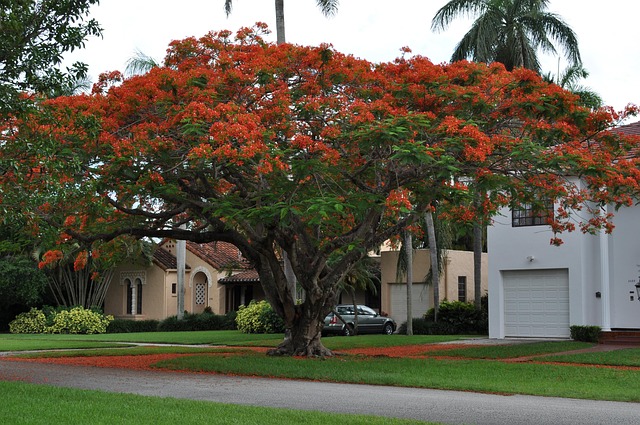
When it comes to creating a beautiful and relaxing outdoor space, garden trees in Pakistan play a key role. Whether you have a sprawling lawn or a compact front yard, trees can transform your garden into a green sanctuary. They provide shade, visual appeal, seasonal color, and even fruits and flowers—all while purifying the air.
From flowering beauties to evergreen charmers, Pakistan is home to a wide variety of garden-friendly trees. In this blog, we’ll explore the best trees for gardens in Pakistan, categorized by their features and uses, to help you make the perfect choice for your space.
Table of Contents
ToggleWhy Trees Are Essential for Gardens
Garden trees offer more than just aesthetic value. Here’s why you should consider planting them:
- 🌳 Shade & Cooling – Trees help regulate temperature and provide relief from the sun.
- 🌿 Natural Habitat – They attract birds, butterflies, and beneficial insects.
- 💨 Air Purification – Trees absorb pollutants and release oxygen, improving air quality.
- 🌸 Seasonal Beauty – Many trees provide flowers or fruit, adding visual and functional value.
- 💧 Water Conservation – Their shade reduces soil evaporation, preserving moisture.
Best Shade Trees in Pakistan
Gulmohar (Delonix regia)

Best For: Medium to large gardens
Climate Suitability: Warm and dry areas
Gulmohar is one of the most stunning flowering trees in Pakistan. Known for its brilliant red-orange blossoms, it blooms in late spring and summer, making it a showstopper in any garden.
🌺 Benefits: Fast-growing, wide canopy for shade, and spectacular summer blooms.
Amaltas (Cassia fistula)

Best For: Ornamental gardens and roadsides
Climate Suitability: Hot and semi-arid zones
This medium-sized tree is a visual treat during spring when it showers the garden with long, hanging clusters of golden yellow flowers. It’s low-maintenance and grows well in most Pakistani regions.
🌼 Bonus: Adds vibrant color to dull garden corners and is drought-tolerant.
Bottlebrush (Callistemon citrinus)
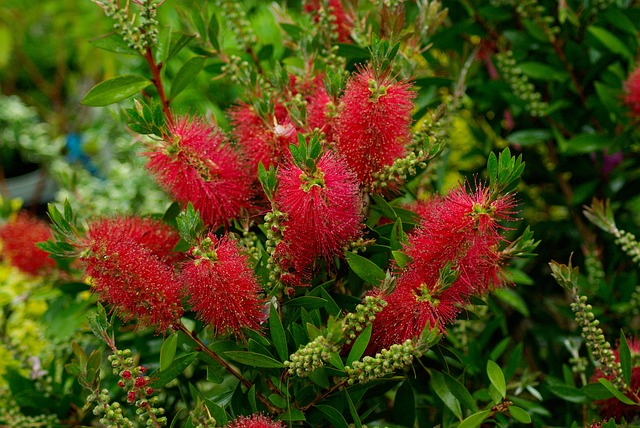
Best For: Compact gardens and decorative landscaping
Climate Suitability: Mild to warm climates
Bottlebrush trees are perfect for smaller gardens. Their brush-like red flowers attract hummingbirds, bees, and butterflies, bringing your garden to life.
🐝 Tip: Prune lightly after flowering to maintain a compact, tidy shape.
Moringa (Moringa oleifera)

Best For: Edible and sustainable gardens
Climate Suitability: Hot and dry climates
Moringa is a fast-growing tree with feathery leaves and edible pods. Known for its nutritional and medicinal benefits, it’s an ideal choice for gardens focused on wellness and sustainability.
🌿 Bonus: Almost every part of this tree is usable—leaves, seeds, and pods.
Loquat Tree (Eriobotrya japonica)
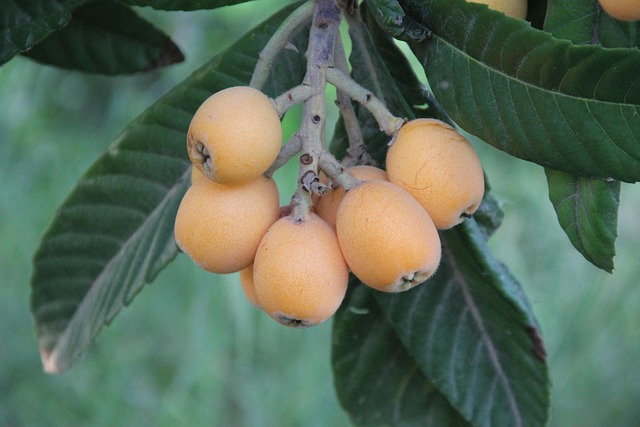
Best For: Home gardens and small orchards
Climate Suitability: Subtropical regions
Loquat is an attractive evergreen tree that provides shade and delicious fruit in early spring. Its glossy green leaves and compact form make it suitable for most gardens.
🍊 Good to Know: Loquat trees start bearing fruit within 2–3 years of planting.
Ashoka Tree (Polyalthia longifolia)
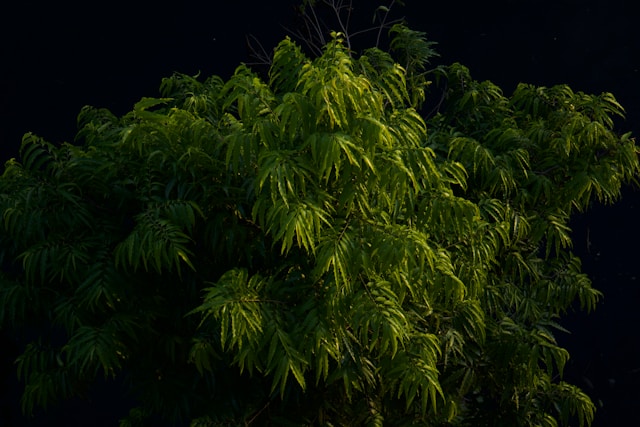
Best For: Borders, entrances, narrow gardens
Climate Suitability: Warm and humid climates
With its tall, slender form and drooping leaves, the Ashoka tree brings elegance to any garden. It acts as a natural privacy screen and is often used in formal landscaping.
🌳 Tip: Plant in rows along walls or boundaries for a graceful green wall.
Neem Tree (Azadirachta indica)

Best For: Eco-friendly and medicinal gardens
Climate Suitability: Dry and sunny regions
Neem is widely grown in Pakistan for its environmental and medicinal value. It provides dense shade and naturally repels insects, making it great for family gardens.
🌞 Bonus: Neem extracts are used in traditional remedies and organic pest control.
Ficus Tree (Ficus benjamina)
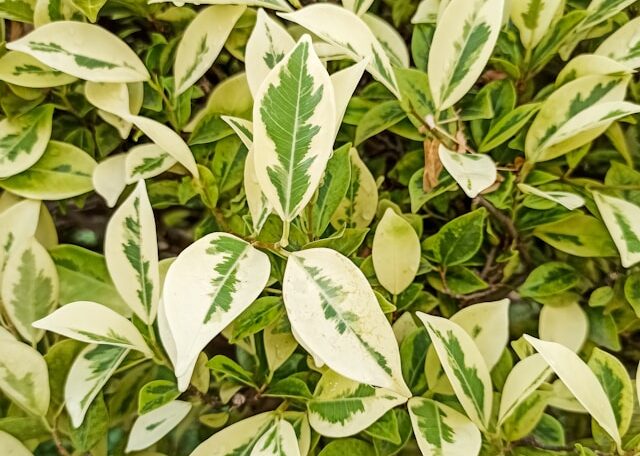
Best For: Large gardens, centerpieces
Climate Suitability: Warm regions
Ficus trees are evergreen and provide thick shade year-round. They’re ideal for creating a peaceful sitting spot in your garden. Some types are also suitable for bonsai or pot culture.
🌿 Caution: Requires regular pruning to maintain shape and control growth.
Kachnar (Bauhinia variegata)
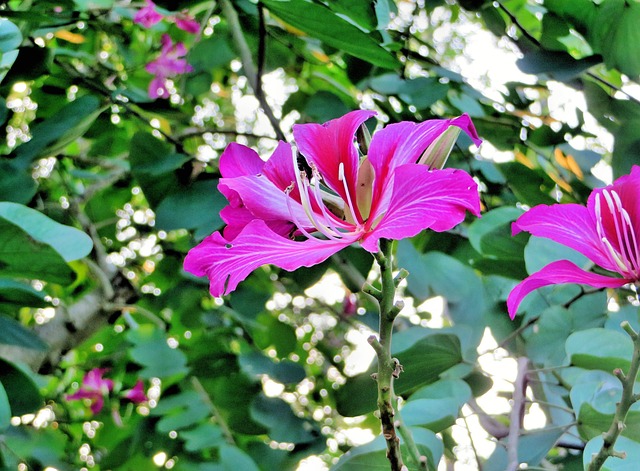
Best For: Flower gardens and lawns
Climate Suitability: Mild to warm climates
Kachnar trees are known for their orchid-like blooms in pink, purple, or white. While semi-evergreen, they provide lush foliage for most of the year and add softness to garden landscapes.
🌸 Bonus: Edible flower buds are used in traditional dishes!
Cassia Javanica

Best For: Ornamental gardens, parks
Climate Suitability: Warm climates
This tree offers a stunning display of pink and white blossoms in spring and early summer. It’s great for adding seasonal color and is a favorite for garden focal points.
🌺 Good to Know: Moderate size makes it manageable even in mid-sized gardens.
Factors to Consider When Choosing Garden Trees
When selecting trees for your garden, keep the following in mind:
Space available – Choose trees that won’t overwhelm your garden.
Purpose – Shade, flowers, fruit, or privacy? Define your goal.
Growth rate – Fast-growing trees give quick results but may need more maintenance.
Root behavior – Avoid aggressive root systems near foundations or walls.
Climate compatibility – Ensure the tree suits your region’s temperature and rainfall.
Tips for Successful Tree Planting
- Choose the right season – Late monsoon or early spring is ideal.
- Prepare the soil – Use compost and dig deep holes to support root growth.
- Water regularly – Especially during the first year.
- Mulch around the base – Retains moisture and prevents weeds.
- Stake if needed – Helps young trees stay upright in windy conditions.
Adding trees to your garden is one of the best investments you can make—for beauty, sustainability, and health. Whether you opt for flowering trees like Gulmohar and Kachnar, or practical ones like Neem and Moringa, garden trees in Pakistan bring life and shade to your outdoor spaces all year round.
By carefully selecting and planting the right tree, you not only enhance your garden’s aesthetics but also contribute to a greener, cleaner Pakistan.
